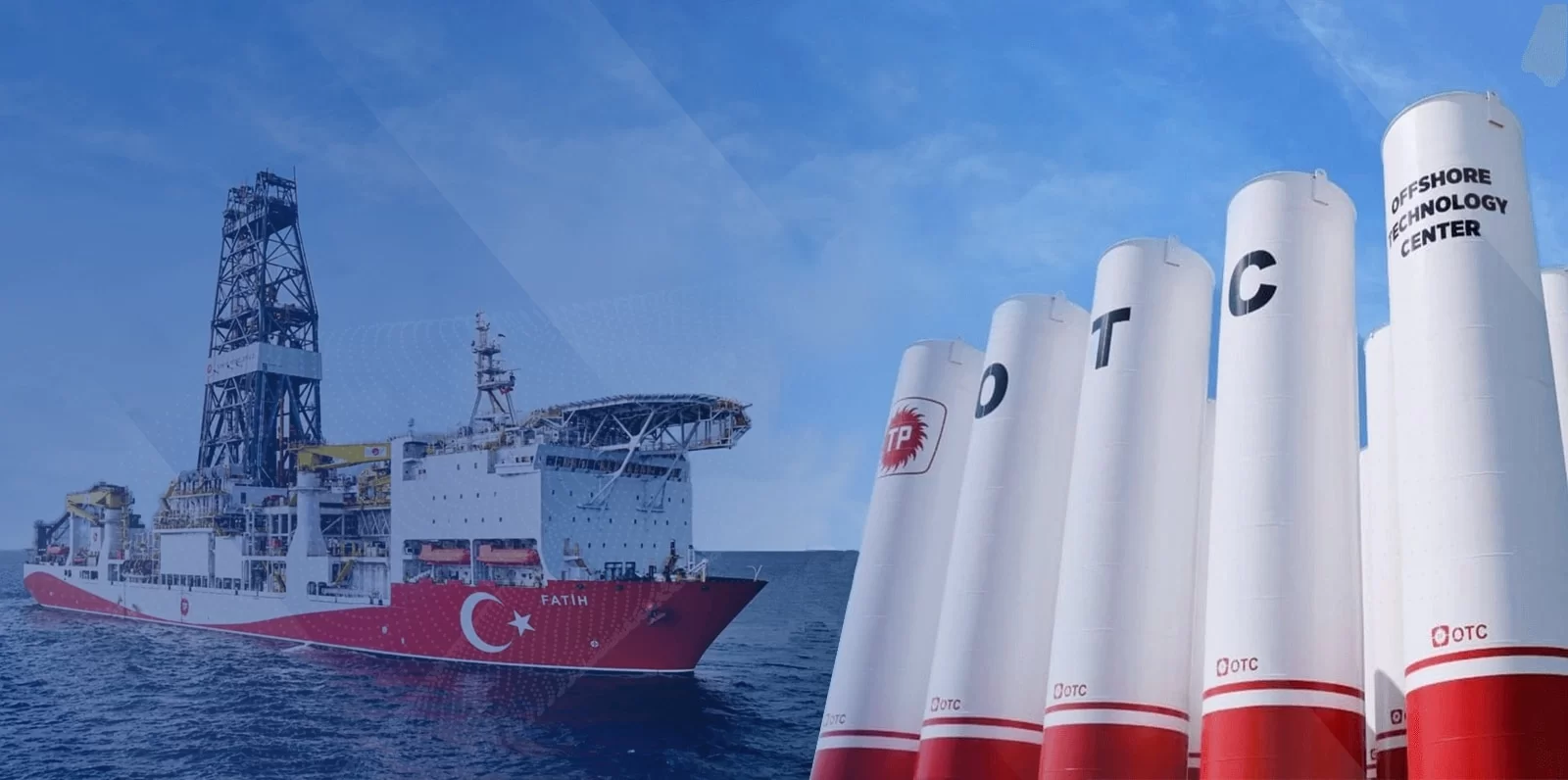Introduction:
Cryogenics, the science and engineering of ultra-low temperatures, has revolutionized numerous industries with its ability to harness the power of extreme cold. Cryogenic substances, such as liquid oxygen (LOX), liquid argon (LAR), liquid nitrogen (LIN), liquefied natural gas (LNG), and liquid carbon dioxide (LCO2), offer unique properties and applications. Central to the successful utilization and storage of these substances are cryogenic storage and transport tanks. This article delves into the fascinating world of cryogenics and explores the vital role played by cryogenic tanks.
The Power of Cryogenics:
Cryogenics encompasses the study and application of materials and processes at temperatures below -150 degrees Celsius (-238 degrees Fahrenheit). At such frigid temperatures, substances undergo significant transformations, including increased density, enhanced conductivity, and, in some cases, the attainment of superconductivity. These characteristics unlock a wide range of applications in areas such as medicine, industry, research, and space exploration.
Cryogenic Substances and Their Uses:
Liquid oxygen (LOX) is a cryogenic substance widely used in the aerospace industry for rocket propulsion systems and in medical applications for respiratory therapies. Liquid argon (LAR) finds application in metal fabrication, welding, and as a coolant in various industrial processes. Liquid nitrogen (LIN) is utilized in food freezing and preservation, cryosurgery, and as a coolant for superconducting materials. Liquefied natural gas (LNG), formed by cooling natural gas to cryogenic temperatures, enables efficient storage and transportation of large amounts of energy. Liquid carbon dioxide (LCO2) serves as a refrigerant, finds use in the food and beverage industry, and plays a crucial role in carbon capture and sequestration.
Cryogenic Storage Tanks:
Cryogenic storage tanks are specially designed containers that ensure the safe and efficient storage of cryogenic substances. Constructed with double-walled or vacuum-insulated structures, these tanks minimize heat transfer and maintain extremely low temperatures. The inner vessel holds the cryogenic liquid, while the outer vessel acts as insulation, reducing heat flow from the surroundings. The space between the inner and outer walls is either evacuated or filled with insulating materials to further minimize heat transfer through conduction and convection. Cryogenic storage tanks are equipped with pressure relief valves, safety features, and venting systems to handle pressure buildup and prevent accidents. These tanks often have mechanisms for filling and dispensing cryogenic liquids and monitoring systems to measure temperature and pressure levels, ensuring optimal conditions for storage.
Cryogenic Transport Tanks:
Cryogenic transport tanks are specialized vessels designed for the safe transportation of cryogenic substances over long distances. These tanks feature robust insulation and pressure control systems to maintain low temperatures and prevent leakage or evaporation during transit. Cryogenic transport tanks are built with safety in mind and adhere to stringent regulations and standards to ensure the protection of the cargo, transport operators, and the environment. These tanks play a critical role in the supply chain of cryogenic substances, enabling their delivery to various end-users across different industries.
Conclusion:
Cryogenics and cryogenic tanks are instrumental in harnessing the power of extreme cold for a multitude of applications. From LOX and LAR to LIN, LNG, and LCO2, cryogenic substances have revolutionized industries ranging from healthcare and food preservation to space exploration and energy storage. Cryogenic storage tanks provide the infrastructure to safely store and maintain these substances at ultra-low temperatures, while cryogenic transport tanks enable their safe and efficient delivery. As technology advances, the world of cryogenics continues to offer innovative solutions, propelling industries into the future with the transformative capabilities of extreme cold.

